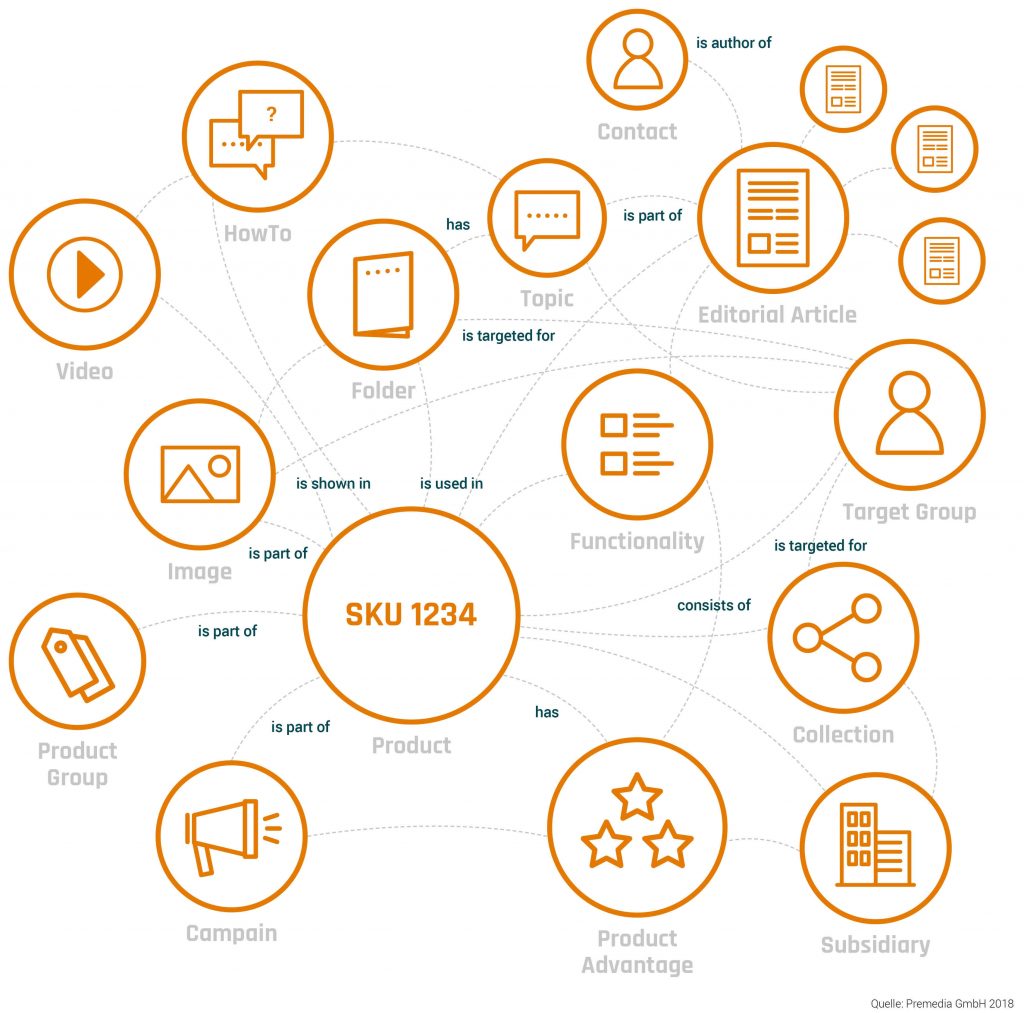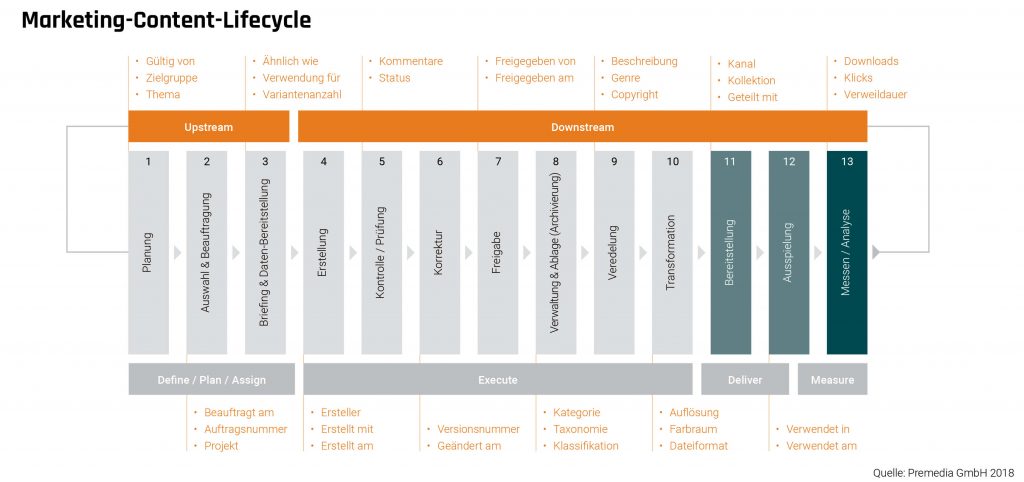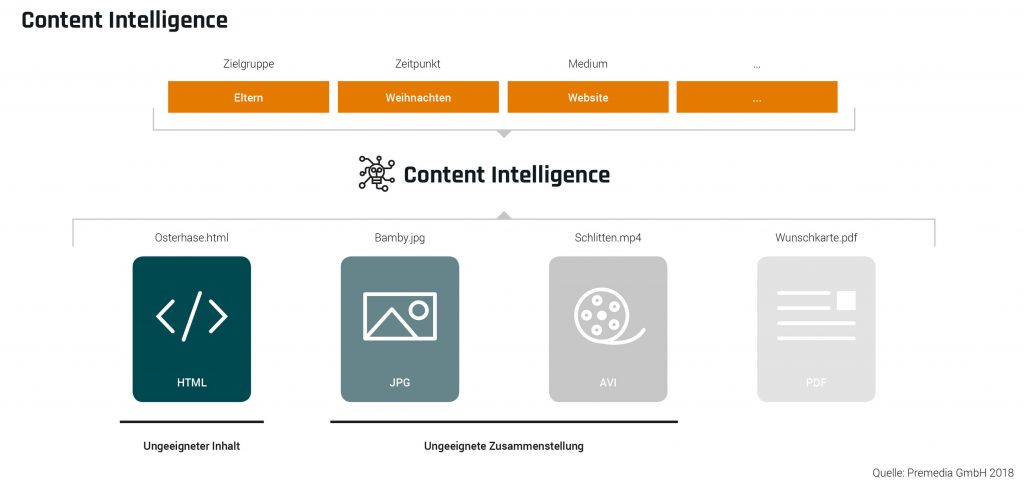In 2019 I was eligible to held a workshop in Germany about “Content Intelligence” and “Metadata”. Therefore I wrote the blog article “The Metadaten Supply Chain”. The article was in german and published on my employer’s page www.premedia.at
Here I will reuse some interesting parts of the article and translate them into english:
One tweet – 144 filled data fields
Nowadays, when the word metadata is mentioned, you might quickly think of additional information that has to be maintained manually in different applications. One thinks of information such as title, description, creator, category, copyright and alike.
The latest research project “You are your Metadata: Identification and Obfuscation of Social Media Users using Metadata Information” at the Alan Turing Institute at University College in London shows us a completely different picture. The researchers work proves that an associated users can be clearly identified solely on the basis of stored metadata. In the study, the researchers analyzed how their lives can be easily reconstructed from the metadata that users leave on Twitter. It was not about the content of the tweets, but about metadata such as the time and place of the post, links, hashtags or retweets. According to the English researchers, users fill “144 obscure data fields” without realizing it.
“Based on the metadata, we were able to identify every 10,000 Twitter users with an accuracy of 96.7 percent.”
Alan Turing Institute University College
University College London, UK
Metadata is much more than just filled in fields
These and other studies prove that metadata is much more than just fields that need to be filled out. They have incredible potential and are the essential basis for applications in the field of artificial intelligence or machine learning.
In this Article I want to provide answers to the essential questions about metadata in this article:
- So what is metadata really?
- Which kind of metadata exist?
- How can I use it?
- And what does it all have to do with content intelligence?
So what is metadata actually?
Metadata is traditionally defined as “information about characteristics of other data”. However, this definition is accurate when it comes to the meaning of metadata. It is better described as “contextual data”. The context gives a perspective or meaning that provides users with added value. “Assets” are created only when metadata is enriched. Objects that are stored in DAM systems are therefore sometimes called “digital assets” because they provide added value that is included in the description.
| Data | „Data is raw. It is numbers and patterns that have no interpretation“ |
|---|---|
| Information | „… understanding what the data is telling us” |
| Content | „Content is digestible forms of information“ |
| Asset | „Content becomes an asset when metadata is associated with it |
But these have quite different meanings.
Which kind of metadata exist
Metadata exists in different forms and types. They can be given as descriptive texts, structures and hierarchies or as references and relationships.
| Type | Description | Examples |
|---|---|---|
| Descriptive metadata | To find or understand content | title, author, topic, genre, publication date |
| Administrative metadata – Technical metadata – Rights and license metadata | For the decoding and rendering of content, as well as the management of the intellectual property rights linked to the content | datetype, size, copyright permitted channels |
| Structural metadata | For navigating and structuring content and for relating content | relation, hierarchy , classification, taxonomy |
How can I use metadata?
Metadata can be used for a wide variety of purposes:

Search and find
The most frequently used purpose is surely the extended search possibility through the additional description of the content.
Navigate and structure
The multidimensional navigation or structuring of content that is possible as a result, such as when using category trees or classification for products, is a very popular application.
Relationships and connections
Relations are an often underestimated but essential meta-information. These give us control and security in the use, as well as in the targeted elimination of content.
Metadata as a business model
Metadata is also the core of the business models of the large “Digital Pure Players”:
Facebook users create metadata when they manage friend lists, publish status or add descriptions to media, “like” the status of friends, reshare previously published content, and contribute original media. By tracking these activities, Facebook analyzes trend topics and promotes sponsored posts that generate revenue.
Amazon has a worldwide online retail presence that covers many different product categories. Metadata controls many parts of the company. The metadata begins with the publishers of books or suppliers of other types of goods as part of their own inventory systems. These suppliers send this metadata to Amazon, which integrates it with similar information from thousands of other vendors to create their own website for product sales. Amazon collects and uses metadata about sales to give customers recommendations and optimize relationships with suppliers. Amazon also makes the metadata about the products it conveys available to affiliate sites that also build their own services,Increase sales through Amazon and direct the business to the original provider.
Source: UNDERSTANDING METADATA, WHAT IS METADATA, AND WHAT IS IT FOR? By Jenn Riley
How and where can I get the most important metadata?

Metadata is not just “user-generated content”, but is created throughout the entire marketing content lifecycle. In supply chain terminology, processes can be divided into upstream or downstream processes. In the context of the marketing content lifecycle, “upstream” means that metadata is generated before the asset is created, often even before the binary data even exists. Downstream means that metadata is added after an identifier has been assigned to the asset.
What does it all have to do with content intelligence?
Before we can get to the bottom of this question, we need to briefly explain the term “content intelligence”. Content intelligence means understanding the full context of a single piece of content to make better decisions about the content in question. Here, content means any forms and types of content. This can be images, texts, products, videos, editorial articles, comments or others.
“Content Intelligence is a marketing technology that helps content understand itself – what it’s about, how it speaks, how effective it is at accomplishing certain goals, what emotions it calls to mind, etc.”
Ryan Skinner
Forrester

Why content intelligence doesn’t work without metadata
Content intelligence consists of 3 main pillars: 1) collecting data, 2) analyzing the data, 3) deriving predictions based on the analysis.
Essentially, content intelligence uses technologies such as big data, machine learning, natural language processing and other forms of artificial intelligence
All of these technologies make it possible to recognize patterns from enormous amounts of data in a targeted manner and to derive statistical decisions.
To fully leverage the potential of these technologies, however, large amounts of metadata are required.
In order to generate such a number of metadata, the following must exist in the company:
– The awareness of understanding metadata as added value.
– Digital asset management for the administration and maintenance of metadata.
– A metadata supply chain for the ongoing and sustainable generation of metadata.
If you have any further questions on this topic feel free to get in touch with me or leave a comment below.
PS: Thanks for reading this longer article 😉




Leave a Reply